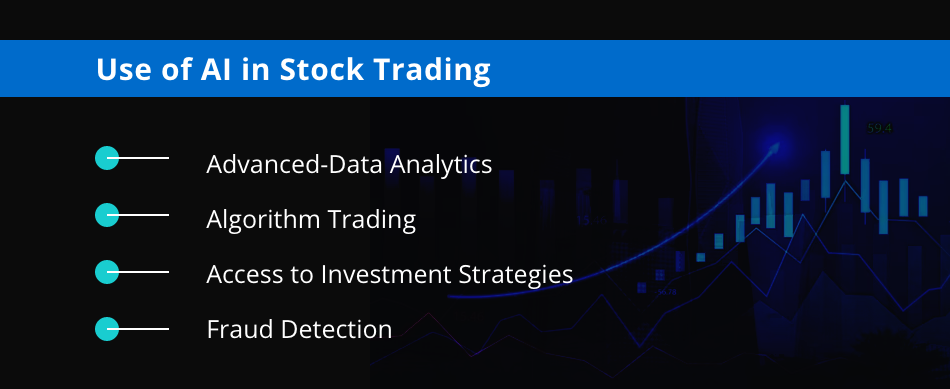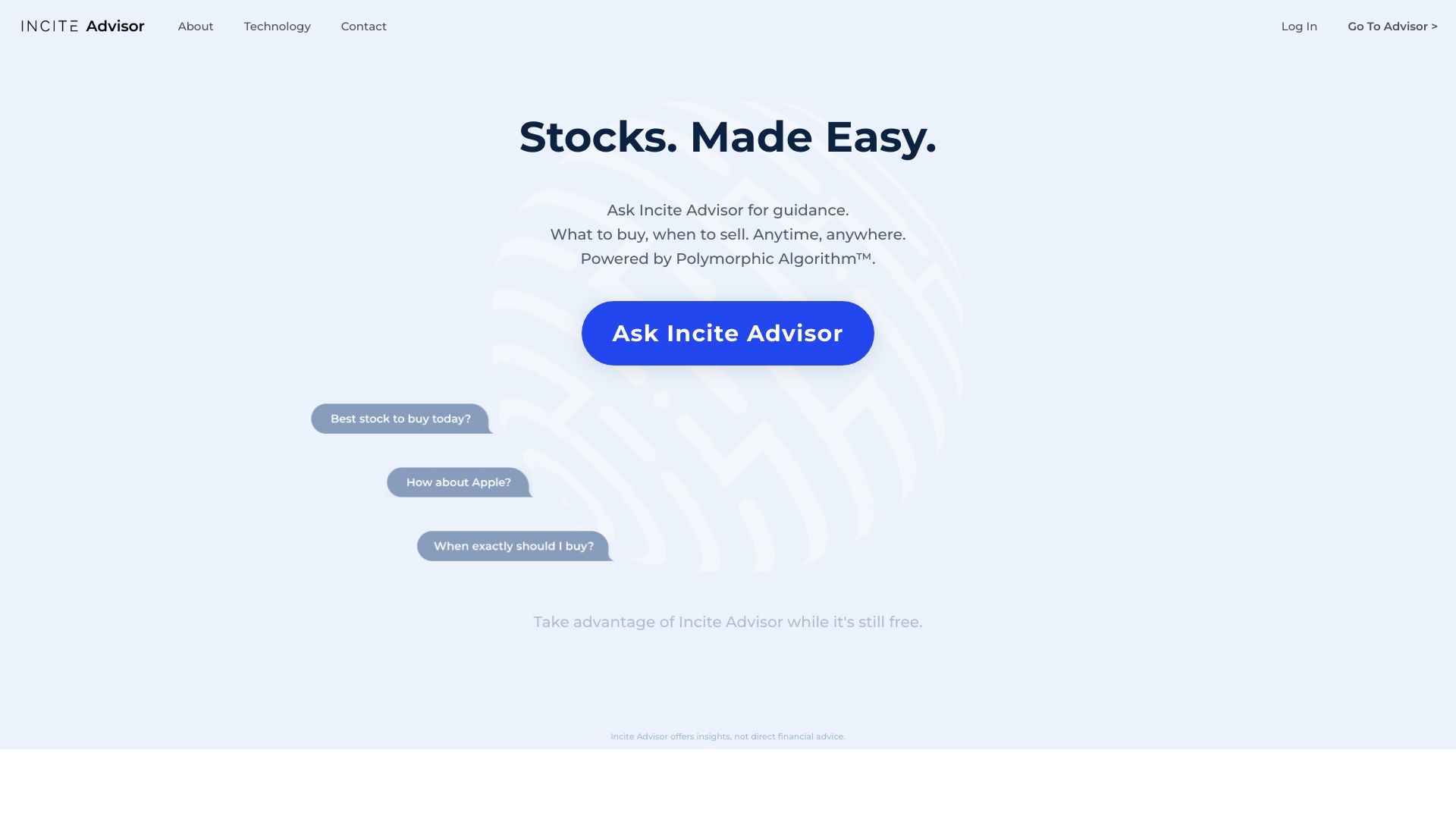20 Great Tips For Picking AI Stock Trading Websites
20 Great Tips For Picking AI Stock Trading Websites
Blog Article
Top 10 Tips To Evaluate The Support Provided By Customers Of Ai Trading Platforms That Predict And Analyze Stocks.
When selecting a platform that utilizes AI to analyze stocks and predict their future, customer support is an important factor. A prompt and reliable support staff will make all the difference when it comes to resolving problems, optimizing platforms' usage, and ensuring the smoothest trading experience. Here are the top 10 tips to assess the level of customer service offered by these platforms.
1. Assess the Availability of Support
24/7 Support: Ensure the platform provides round-the-clock support for customers. This is crucial when trading in real-time and global markets.
Hours of operation If you don't have 24/7 support, make sure support is available to you during your business hours.
Holiday coverage: Make sure to see if you are able to get assistance during weekends, holidays and closings of markets.
2. Test Response Times
Initial response. Check your support by contacting them with a question.
Resolution time: Check the time it takes to solve issues rather than just acknowledging them.
Live chat: Test the responsiveness and effectiveness of live chats if it's accessible.
3. Assess Support Channels
Multiple channels: Check that the platform is compatible with multiple channels, like live chat, email, telephone or social media.
Priority channel: Determine if the support channel you prefer (e.g. telephone, chat) is accessible and trustworthy.
Self-service solutions: For quick solution to problems, search for extensive knowledge bases, FAQs and community forums.
4. Evaluation of Quality of Support
Expertise: Ensure that support agents are well-versed in the platform, trading, and technical issues.
Check if the agent is able to solve complex problems or escalate issues as needed.
Professionalism: Make sure that support interactions are professional, friendly and friendly.
5. Find Dedicated Client Managers
Premium support: Verify if the higher-tier plans or users from institutions have access to dedicated account managers.
See whether the account manager can provide specific support, proactive guidance or prompt assistance.
Relationship building: Check if the account managers are available and build long-term connections with users.
Review the Documentation Assistance
Knowledge base: Ensure that the platform has a an organized and searchable knowledge base including tutorials, guides and troubleshooting advice.
Video tutorials - Check to see whether your platform provides videos, webinars or video tutorials suitable for visual learners.
API documentation. API documents are important to developers.
7. Review the Community Support and Peer Support
Forums for users - Check to see if the site provides a forum or a community in which users can share ideas and discuss solutions.
Social media groups: Search for unofficial social media groups (e.g., Reddit, Facebook, LinkedIn) where users discuss the platform.
Community engagement: Check if the team of your platform actively participates in discussions or forums within the community.
8. Evaluate Escalation Processes
Issue escalation - Make sure that there is a clear method for elevating issues that have not been resolved to management or support levels.
Follow-up: Verify how the support team is in touch with you after you've fixed the issue.
Feedback loop: Determine whether feedback is gathered from the users to enhance the support services.
9. Test Support During Critical Conditions
Market volatility: Contact for support during times of high volatility and determine their responsiveness.
Technical problems: Simulate a technical issue (e.g. login issue or data discrepancy) to observe how support responds.
Trade execution - Make sure that you have support available for urgent trade issues (e.g. orders that are not executed, delays in execution).
Review of User Feedback from Reviews
Reviews on the internet: Make use of platforms like copyright G2 or Reddit to read user reviews and assess overall satisfaction.
Testimonials and Case Studies: Search for reports or testimonials that show positive customer experiences.
See how the platform reacts to complaints and negative feedback.
Bonus Tips:
Trial period support Try the support of the platform during the free trial or demo time to test its performance.
Support for languages. If you don't speak English, make sure to confirm that support is provided in the language of your choice.
Training and onboarding Find out whether there are any training sessions that could assist new users in getting started.
You can evaluate the customer support on AI analysis and stock prediction platforms by following these suggestions. If you do this, you will be able select a platform that offers prompt, efficient and reliable assistance. A customer support system that is quick and helpful can help improve your overall experience. Take a look at the recommended market ai examples for website examples including ai investing, stock ai, ai for trading, best AI stock trading bot free, ai chart analysis, ai chart analysis, AI stocks, ai for investment, ai for investment, AI stock trading and more.
Top 10 Tips For Evaluating The Risk Management Of AI stock Forecasting/Analyzing Trading Platforms
A trading platform that uses AI to predict/analyze stocks must have a solid risk management system. This will safeguard your capital investment and limit any losses that could occur. A platform with robust risk management tools can assist you in navigating volatile markets and make informed decisions. Here are the top 10 tips for assessing these platforms' risk management capabilities:
1. Review Stop-Loss and Take-Profit Features
Configurable settings: Ensure that you have the ability to set the limit of take-profit or stop-loss for a specific trade.
Make sure that your trading platform supports trailing stop which automatically adjusts in the event that the market moves toward you.
If the platform has the option of a stop-loss order that guarantees your position is closed to the specified price in markets that are volatile, you can be confident of a successful trade.
2. Useful Tools for Assessing Position Size
Fixed amount - Ensure that you are able to define the size of your positions relative to a certain amount.
Percentage of portfolio The best way to manage your risk by establishing the size of your portfolio proportionally in terms of per percentage.
Risk-reward: Check if your platform permits you to define risk-rewards for each trade or strategy.
3. Look for Diversification Support
Multi-assets trading: Make sure that the platform can support trading across multiple asset categories (e.g. ETFs, stocks options, forex and more.) for diversification of your portfolios.
Sector allocation: Ensure that the platform is equipped with tools for monitoring the sector's exposure.
Geographic diversification: Make sure that the platform supports trading in international markets in order to spread geographical risk.
4. Evaluating margin and leverage controls
Margin requirements: Make sure the platform clearly states the requirements for margin for trading leveraged.
Check the platform to see whether it permits you to set limits on leverage to reduce risk.
Margin calls - Check to see if your service notifies you of margin calls in a timely manner. This can help avoid liquidation.
5. Review the risk Analytics and Reporting
Risk metrics: Make sure the platform offers key risk indicators (e.g., Value at Risk (VaR) Sharpe ratio drawdown, Sharpe ratio) to your portfolio.
Scenario assessment: See if you can simulate different market scenarios using the platform to assess the potential risk.
Performance reports: Make sure you check whether the platform offers complete performance reports, including the risk-adjusted return.
6. Check for Real-Time Risk Monitoring
Monitoring your portfolio: Ensure that the platform you use allows you to monitor your portfolio in real-time.
Alerts and notifications - Check that the platform sends out alerts in real-time when risk events happen (e.g. Margin breaches, triggers for stop-loss orders).
Risk dashboards: Ensure the platform provides an adjustable risk dashboard that gives you a full overview of your risk profile.
7. Tests of Backtesting and Stress Evaluation
Stress testing: Check that the platform permits you to test your portfolios or strategies during extremely difficult market conditions.
Backtesting. Find out if the platform permits backtesting. This is the use of data from the past to evaluate risk and performance.
Monte Carlo Simulators: Verify whether the platform uses Monte Carlo models to model possible outcomes and evaluate risks.
8. Evaluation of Compliance with Risk Management Regulations
Regulatory compliance: Verify that the platform complies with applicable risk-management regulations (e.g. MiFID II, Reg T, in the U.S.).
Best execution: Check if the platform follows the most efficient execution method, which guarantees that trades are carried out at the most competitive price in order to minimize any chance of slippage.
Transparency: Verify that the platform provides clear and transparent disclosures about the risks.
9. Examine the parameters of risk that are user-controlled.
Customized risk rules: Check that your platform permits you to set up your own risk management rules (e.g. the maximum daily loss, or the maximum size of a position).
Automated Risk Controls Find out whether the platform has the capability to automate the enforcement of the risk management policy in accordance with predetermined parameters.
Manual overrides: Verify that your platform allows manual overrides in emergencies.
Study Case Studies and User Feedback
User feedback: Read user reviews to evaluate the platform's ability to take care of risk.
Case studies: Look for case studies or testimonials highlighting the platform's risk management capabilities.
Community forums: Check if the platform has an active user community where traders share risk management tips and strategies.
Bonus Tips
Trial period: You may use a demo or free trial to test out the risk management tools available on the platform.
Support for customers: Ensure that the platform offers robust support in relation to risk management problems or queries.
Educational resources: See if the platform provides education resources or videos on best practices in risk management.
These suggestions will assist you to evaluate the risk management capabilities of AI stock-predicting/analyzing trading platforms. In this way you can pick a platform that safeguards your capital and minimizes potential losses. Effective risk management tools are essential for navigating volatile markets and achieving long-term trading success. View the recommended click here about AI stock trader for blog recommendations including free ai tool for stock market india, can ai predict stock market, how to use ai for copyright trading, ai copyright signals, invest ai, best ai penny stocks, ai options trading, chart ai trading, best ai penny stocks, ai software stocks and more.